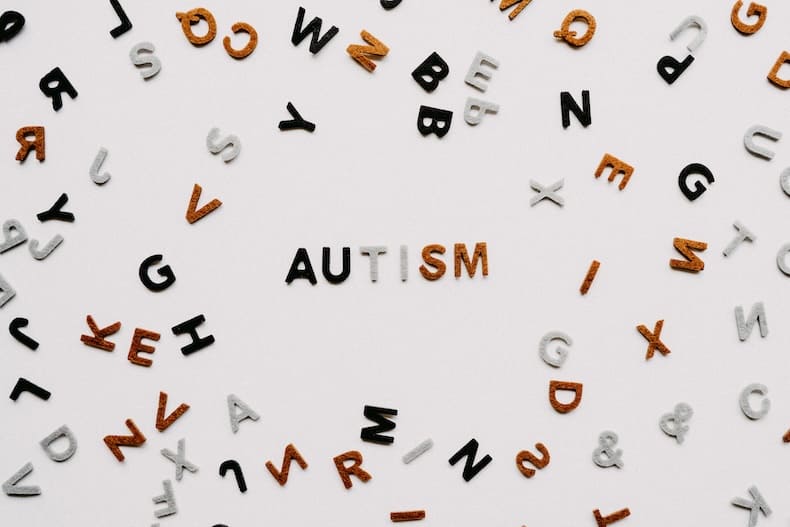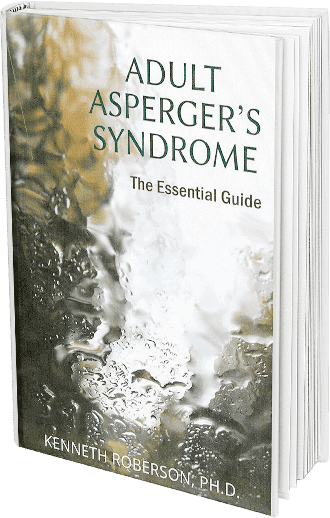
In a recent article about coping with Covid-19, the author recalls having spent much of his life hiding his autistic traits in an attempt to fit into a society dominated by neurotypical people. Now isolated from his normal life and support systems by the pandemic, he reflects upon his previous practices of planning and rehearsing conversations before they happened; mimicking the facial expressions, body posture, vocal tones he noticed in other people; and trying to make appropriate eye contact with others, a coping mechanism referred to as masking.
As a result of this constant effort to change the fundamental aspects of who he is, he developed what he described, and is known in the world of neurodiversity, as autistic burnout.
Dora Raymaker, a researcher and writer working to improve healthcare access and quality of life for adults on the spectrum, defines autistic burnout as:
A state of pervasive exhaustion, loss of function, increase in autistic traits and withdrawal from life that results from continuously expending more resources than one has coping with activities and environments ill-suited to one’s abilities and needs.
Autistic burnout occurs when masking no longer works, when someone is undergoing a stressful period, pushing too hard for too long, or trying too hard to fit in. Coping skills that helped a person navigate the world more or less successfully disappear or shut down temporarily. The feeling is one of being asked to continuously do more than one is capable of, without any way of recovering and going to back to normality. Meltdowns are easily triggered. Self-doubts return, worries increase, emotions are unstable and fluctuate quickly and spontaneously. It is as if everything returns to what it was like at an earlier period of intensity and unmanageability, a return to an earlier state, one that some call autistic regression.
Effective Coping Strategies
Adults with Autism Spectrum Disorder report that one of the primary things that help with burnout is being able to be themselves, that is, behave as they formerly did, engage in their special interests, isolate if necessary, and most importantly reduce their expectations to do things in the same way as neurotypical people.
The idea is give permission to be who you are, not to pretend differently and expect yourself to be anyone else, to recognize that the neurodiversity in you is acceptable and to allow yourself to return to the person you were before the burnout began.
Simply put, the strategies that people have found most successful when faced with burnout involve being able to regain their own acceptance of having Autism Spectrum Disorder or autism, letting go of stigmatizing themselves and finding their way back to who they fundamentally are.
Said differently, trying to act normal, avoiding your Autism Spectrum Disorder behavior, trying to fit it, and going back to masking and camouflaging during those moments of autistic burnout is exactly the wrong prescription and, in many cases, only makes things worse.
The author of the Covid article realized he had mistakenly tried to erase the fact of his autism from his own awareness and the perceptions of people in his life. He is now on a journey to embrace his unique differences and gifts. Instead of hating himself for the person he is, he is focused on accepting all his skills, talents, and behaviors. He is learning to appreciate his mantra, “Everything I’m not makes me everything I am.”




